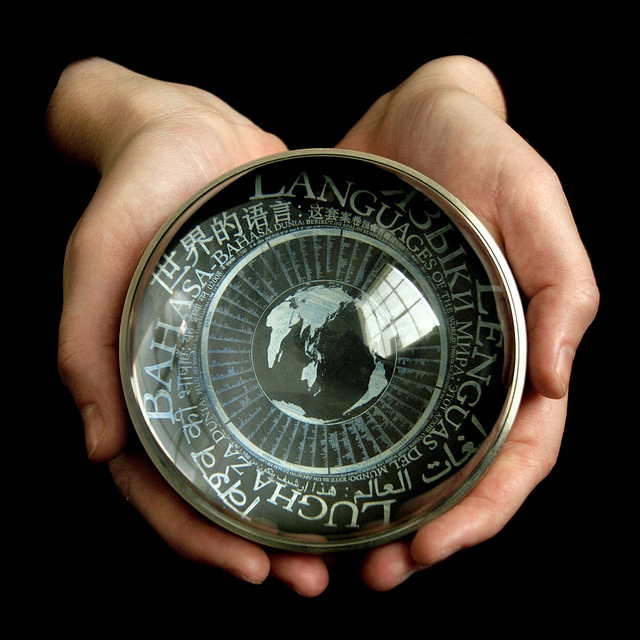
After more than a decade, ESA's Rosetta Mission arrives at Comet 67P
After ten years, five months, and four days of travel, the European Space Agency’s Rosetta Mission has finally rendezvoused with the 67P comet. The Rosetta mission woke up back in May and has subsequently been maneuvering towards the comet. This is the first mission dedicated to exploring comets, a little understood but important part of our solar system:
Comets are considered to be primitive building blocks of the Solar System and may have helped to ‘seed’ Earth with water, perhaps even the ingredients for life. But many fundamental questions about these enigmatic objects remain, and through a comprehensive, in situ study of the comet, Rosetta aims to unlock the secrets within.
Now that Rosetta has reached the comet, it will slowly approach the comet, mapping the terrain for landing locations and eventually locking into a close orbit:
During development of the mission the ESA invited Long Now to include one of our Rosetta Disks on the probe. And so this ESA mission is not only the most detailed comet researcher ever, it is also the first off-world archive of thousands of human languages.
The Rosetta Project is Long Now’s initiative for long-term archiving of human languages. The disk includes parallel texts (inspired by the original Rosetta Stone) and thousands of pages of information documenting languages from all over the world. The Rosetta disk that is on the probe is an early prototype, a more recent design is shown below:
The Rosetta space probe had been in hibernation since 02011, having completed several flybys and slingshot maneuvers after being launched in 02004. San Francisco’s Exploratorium marked the ESA’s successful re-awakening of the probe in January and will have another event this Thursday to discuss the most recent developments.
Comets generally have very eccentric orbits, meaning they travel in very squished ellipses, rather than perfectly round circles. That eccentricity causes the comets to oscillate between the outer reaches of the solar system and relatively close passes by the Sun. Comet 67P is on its way in toward the Sun right now and that means it’s heating up. This causes ice to melt and boil and eject gas and dust from the comet’s nucleus, creating the characteristic comet tail. The Rosetta mission will orbit 67P for 17 months, through its closest approach to the Sun and then out again. This will provide an unprecedented level of detailed data as the comet goes through the significant changes caused by drastic changes in temperature.
After 17 months of orbit and study from above, the plan is for Rosetta’s Philae lander to drop onto the comet itself in November. It will drill into the surface of the comet and perform experiments to learn more than ever before what composes a comet. And you can follow its progress on Twitter.
Join our newsletter for the latest in long-term thinking
Subscribe
